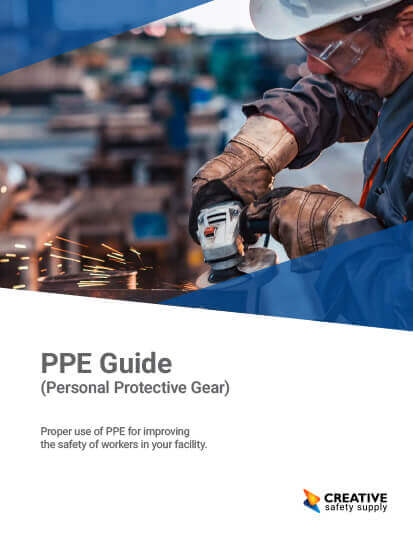
Workers are at risk for occupational heat stress and related illnesses when exposed to extreme heat or when working in hot environments. If the human body cannot get rid of excess heat, it will store that heat and the core body temperature will begin to rise. Heat stress can result heat stroke, heat rashes, heat exhaustion, or even death. However, illnesses and fatalities cause by occupational heat exposure are completely preventable.
It’s important to remember heat stress can happen in both indoor and outdoor environments. Those working long hours in hot weather and direct sun (firefighters, construction workers, farmers, landscapers, etc.) are at increased risk for heat-related illnesses. Indoor workplaces like steel foundries, commercial kitchens, brick-firing plants, etc. expose workers to radiant heat sources and hazardous hot objects. Illnesses caused from occupational heat exposure are all too common in the workplace but can be eliminated with the proper safety precautions.
Are your employees at risk for heat-related illnesses?
Our Heat Stress Calculator helps you determine heat stress levels for outdoor workers.There are certain factors that put workers at an increased risk for heat-related illness. This includes environmental factors, like direct sun exposure or limited air movement, as well as job-specific factors like the level of physical exertion or the use of bulky PPE. When these factors are present in a hot environment, there are additional (but avoidable) hazards.
Preventing Heat Stress
Engineering controls like fans or an air conditioner should be put in place to reduce heat exposure. Other controls to think of exhaust ventilation, the elimination of steam leaks, and reflective shields that will redirect radiant heat. If the heat is unavoidable, workers must be adequately prepared for the heat. Workers should be trained to understand the dangers of heat and to accurately identify symptoms of heat-related illness in themselves or in coworkers. In the case of an illness, workers should be able to administer appropriate first aid.
In an effort to prepare for the heat, employers will typically acclimate their workers to the environment. Workers can build up a tolerance for hot conditions by steadily increasing the workload or by providing more frequent breaks throughout the day. Some environments or jobs may require the use of special cooling devices. Welders, for instance, usually wear insulated gloves, insulated suits, and reflecting face shields to protect themselves from extreme heat. For those working in hot environments, cooling bandanas and hard hat liners are available. Potable water must be provided on the job site or in the facility and should be located in an easily accessible area.
Similar Glossary Terms
- Heat Illness
- Indoor Air Quality (IAQ)
- Biohazard
- Administrative Controls
- Eye Wash Stations
- Industrial Hygiene
- Safety Engineering
- Permissible Exposure Limit
- Anti-Fog Glasses


